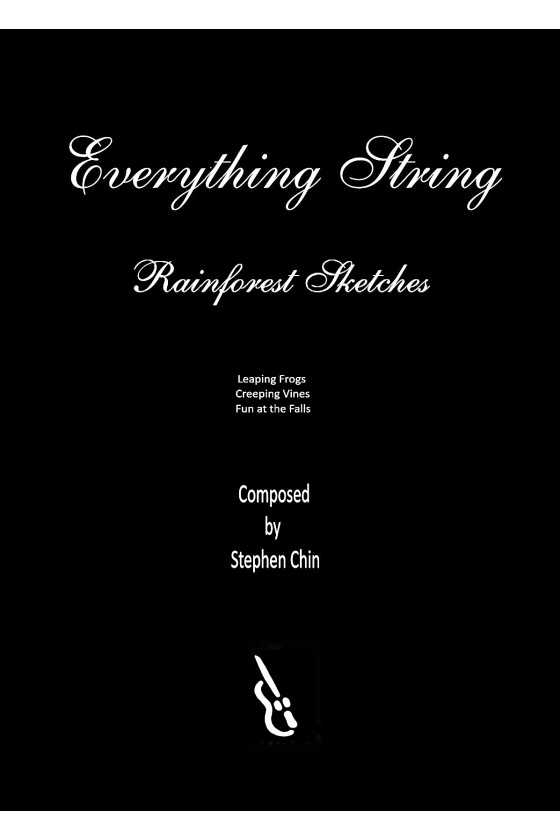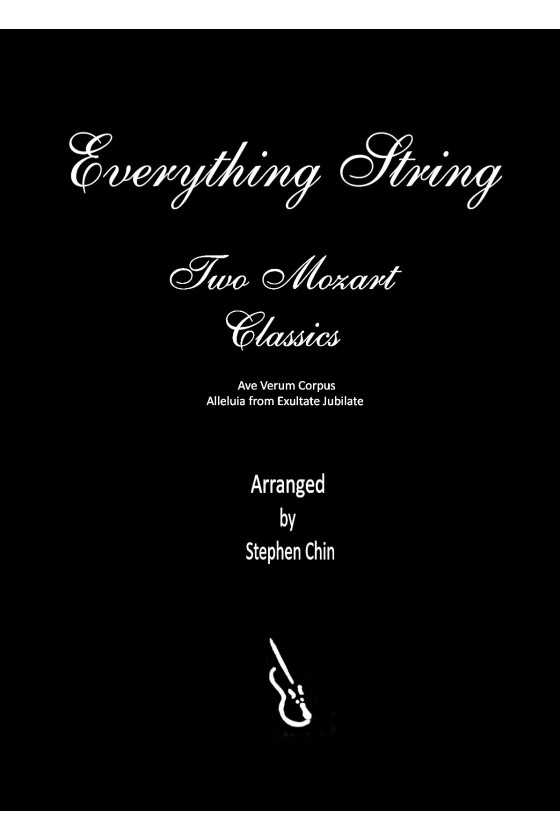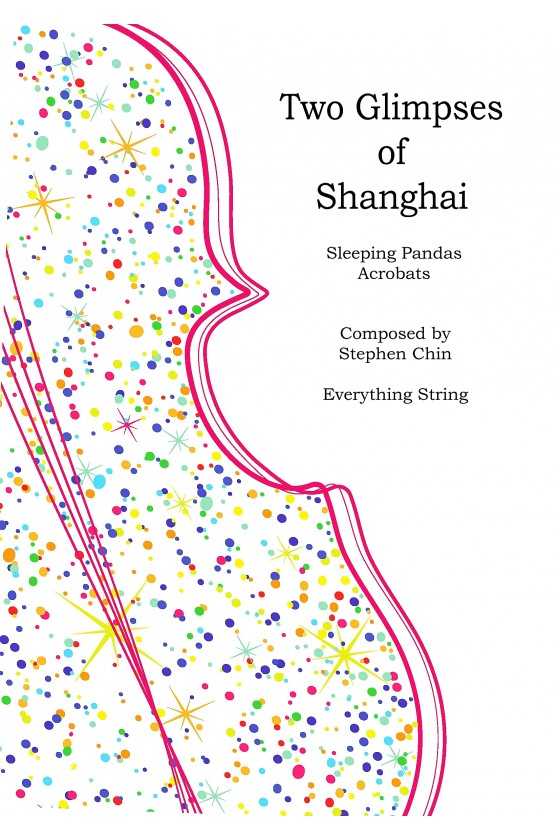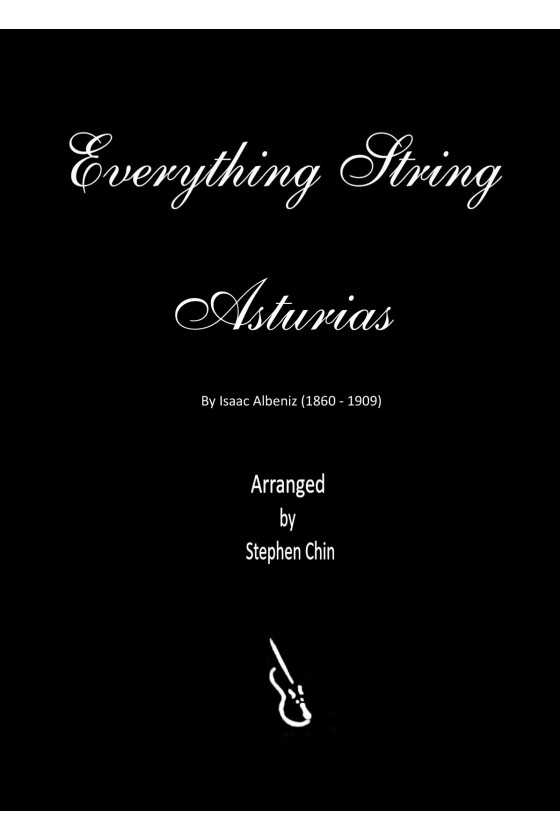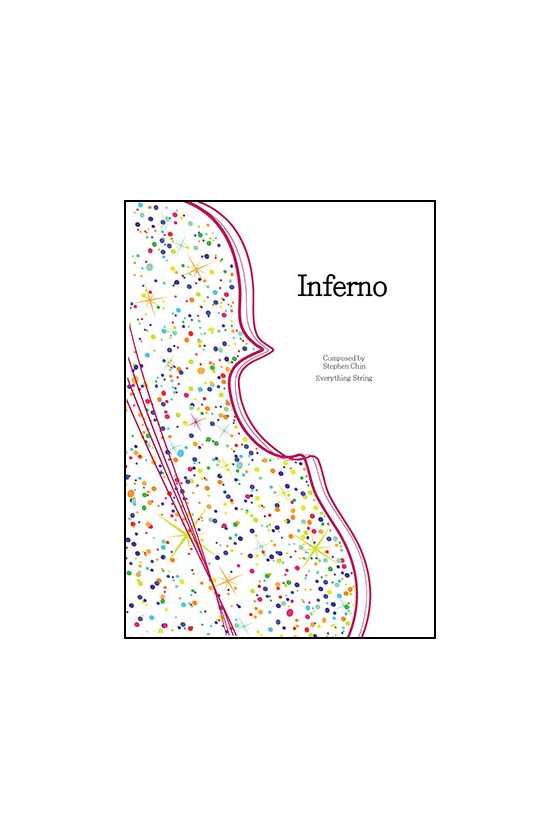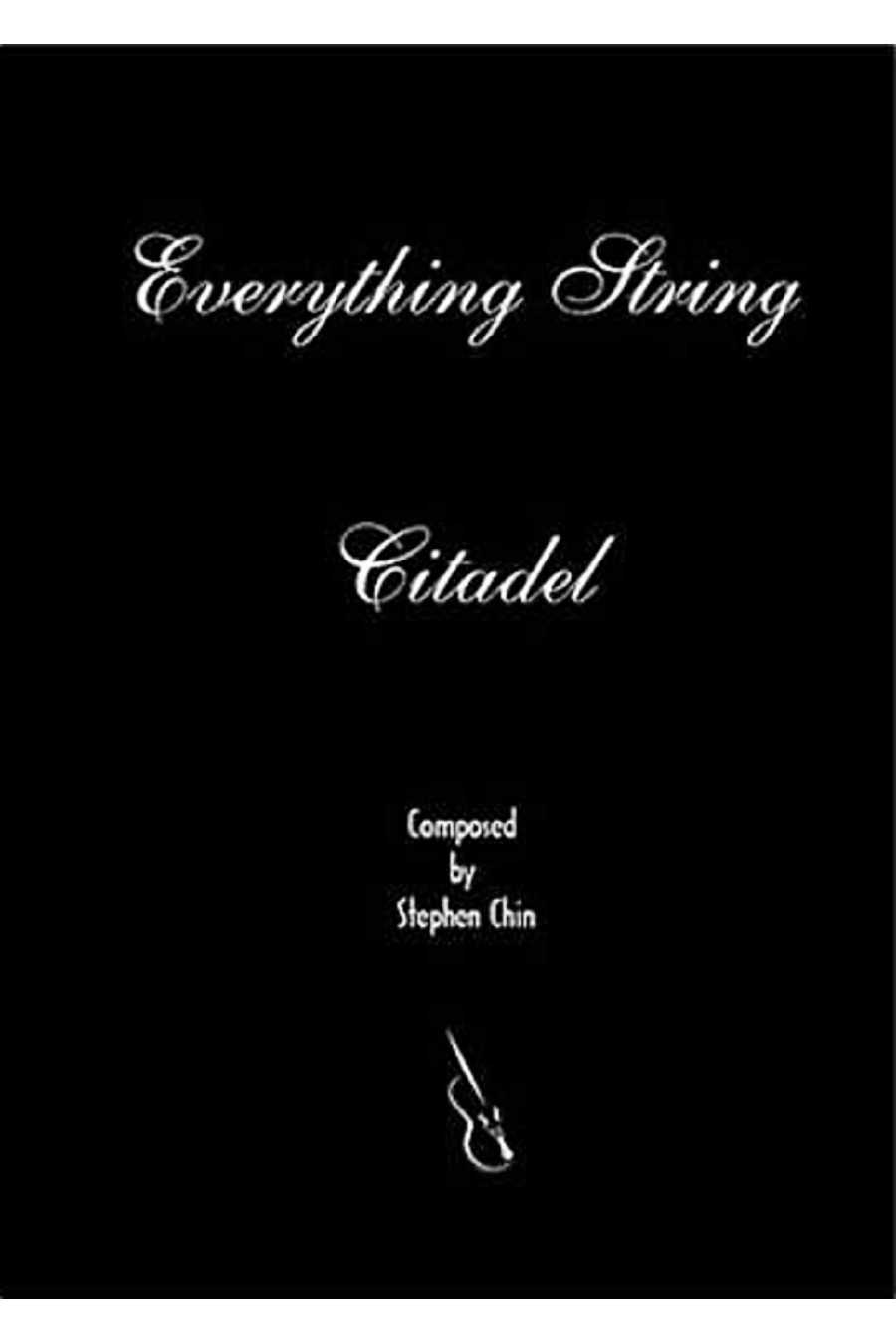
Rainforest Sketches By Stephen Chin
As you journey through a tropical rainforest, you can experience wonderment and awe reflected in these three miniatures. Each piece offers a different mood and tone colour for players to explore. The techniques used in these miniatures, including pizzicato, sustained notes, double quavers, and left-hand pizzicato, are easy to tackle, even for young musicians with limited experience.
1. Leaping Frogs
2. Creeping Vines
3. Fun at the Falls
For String Orchestra Grade 1



